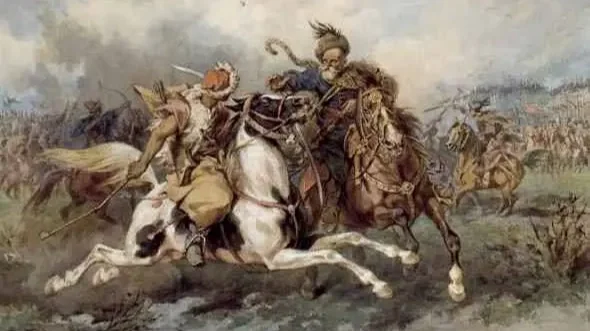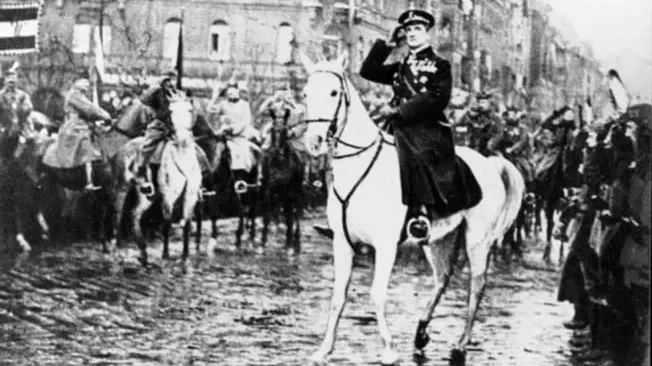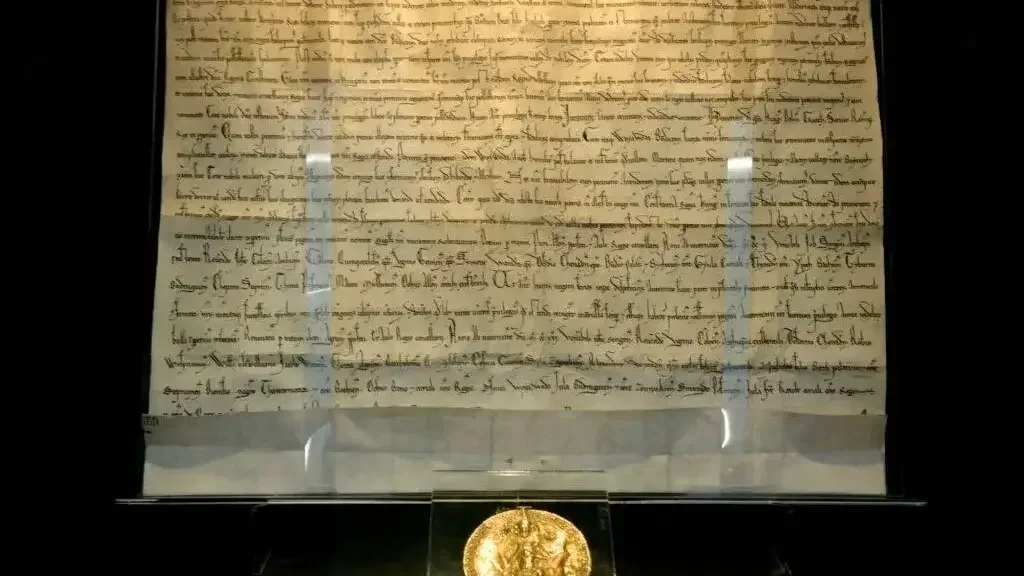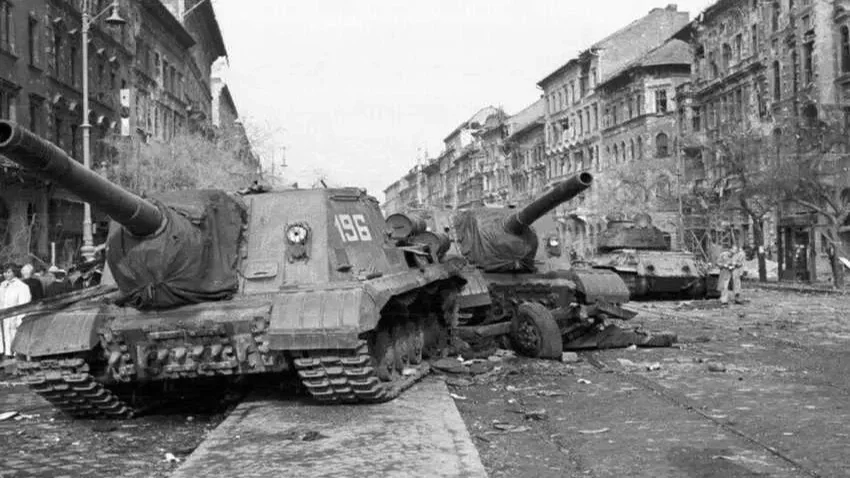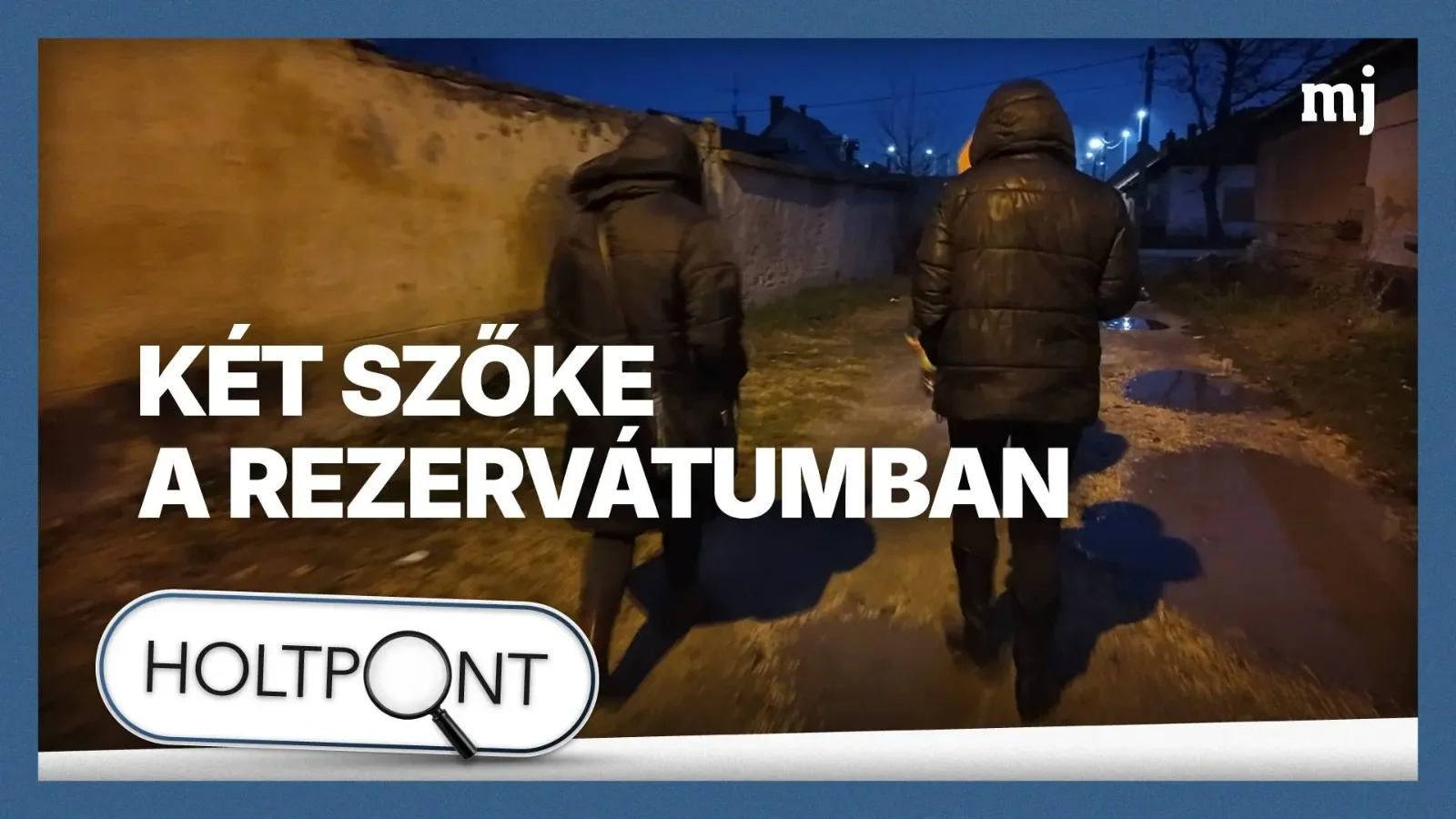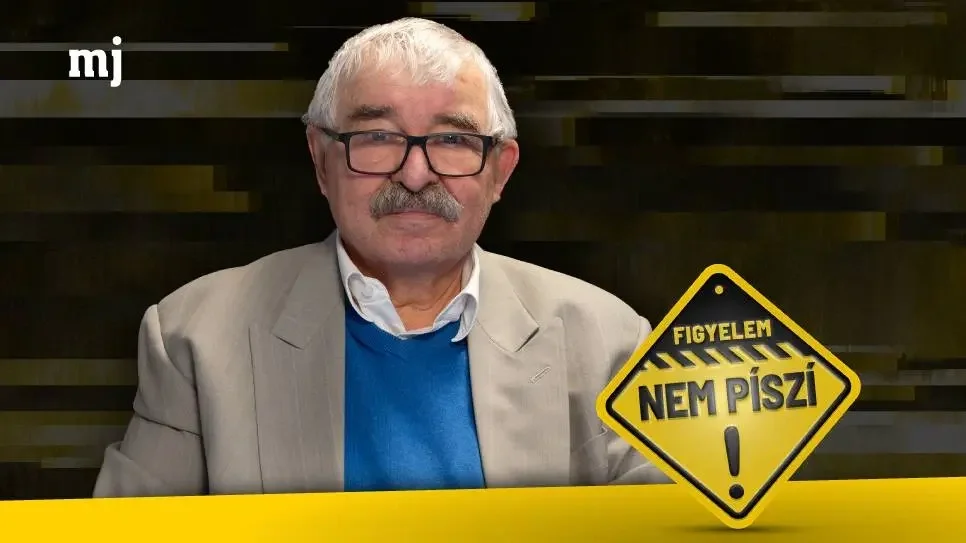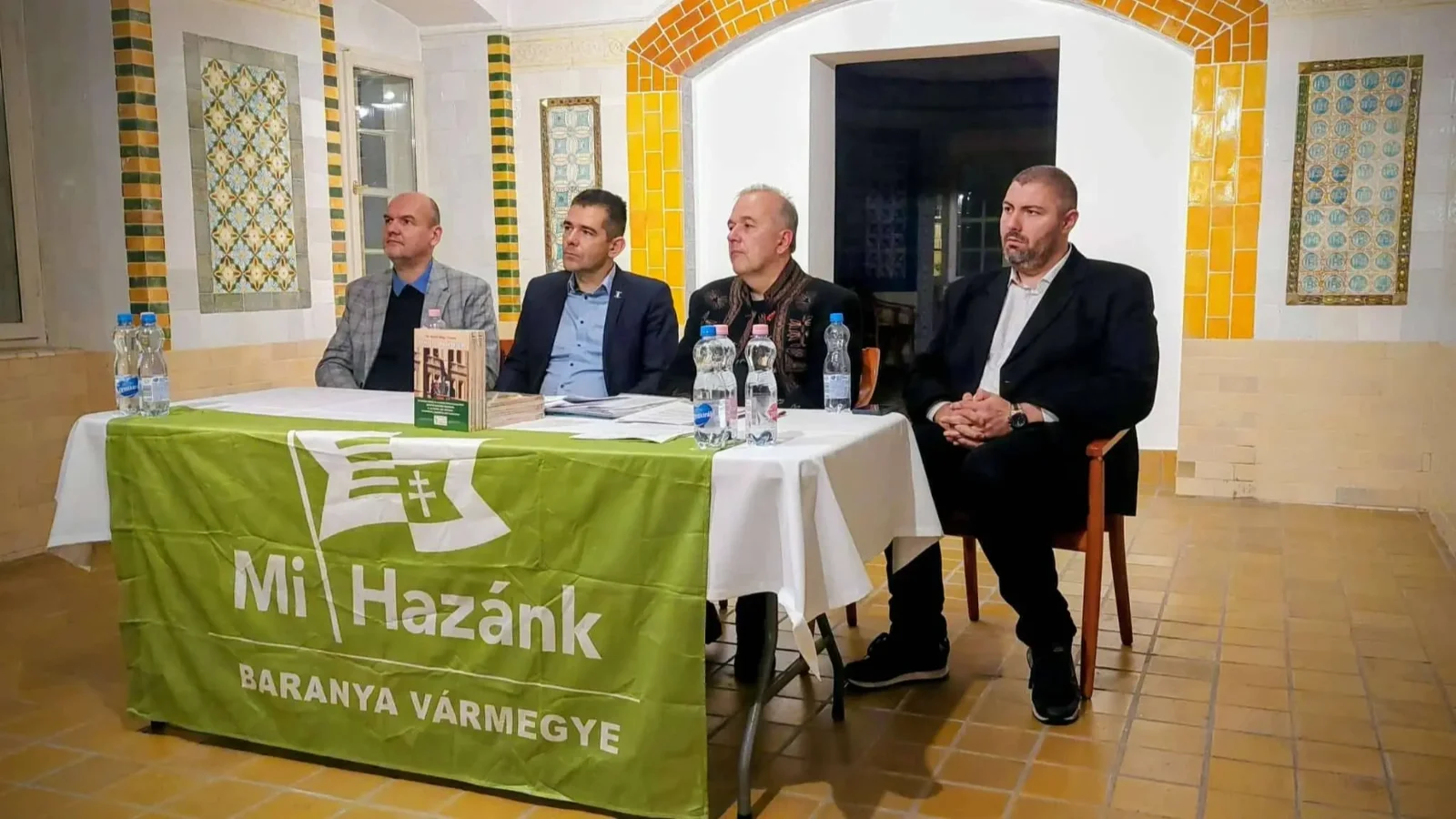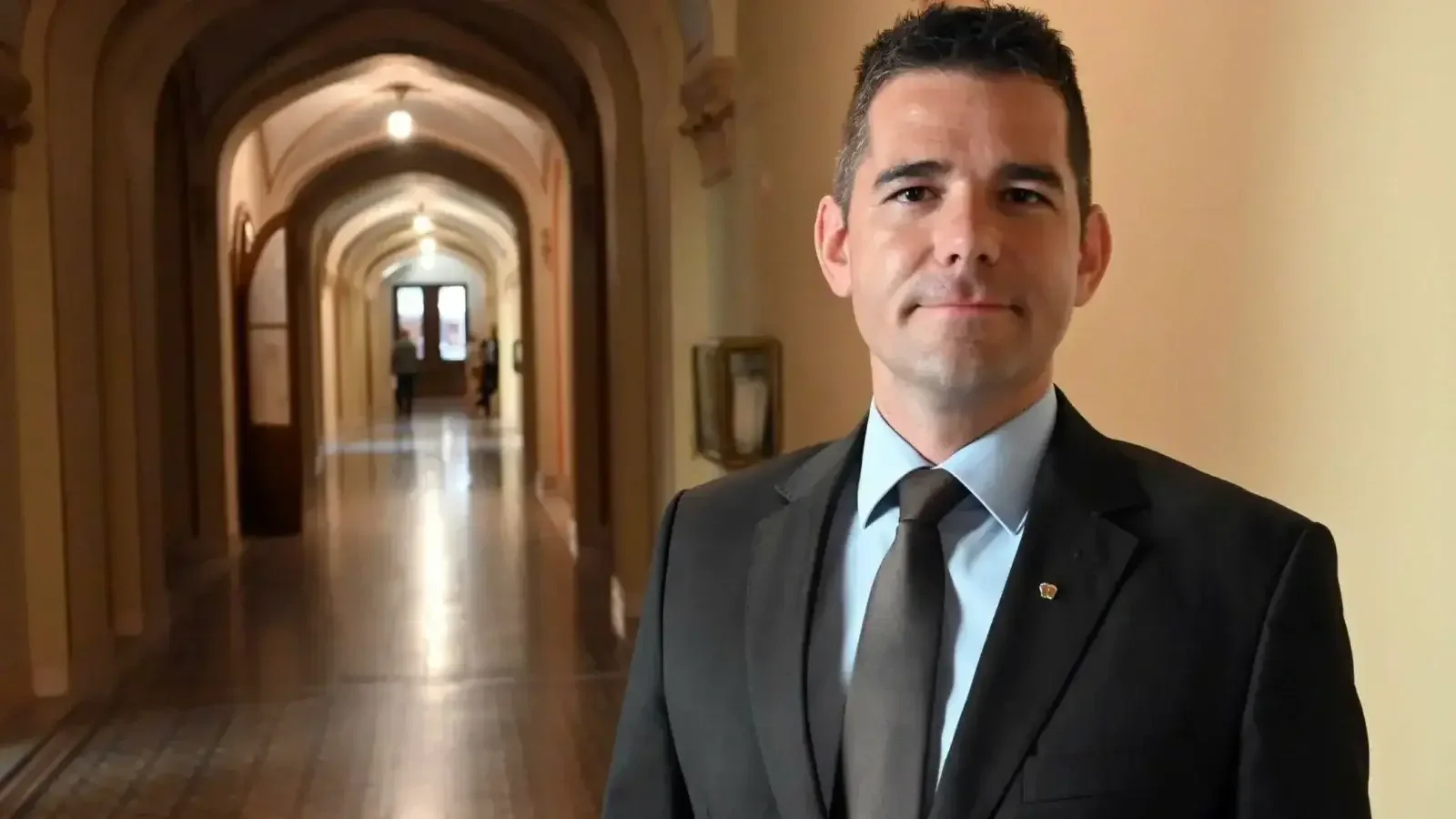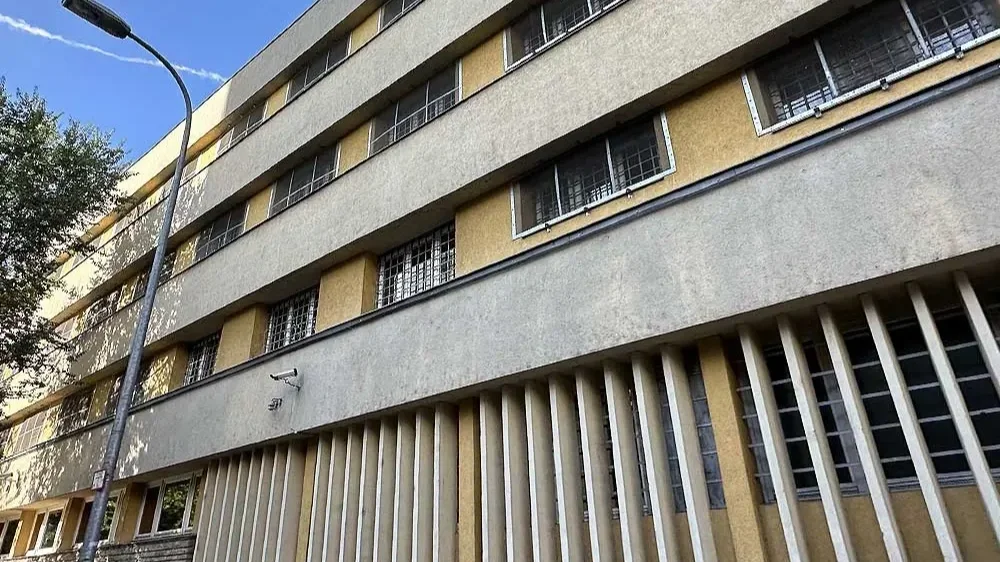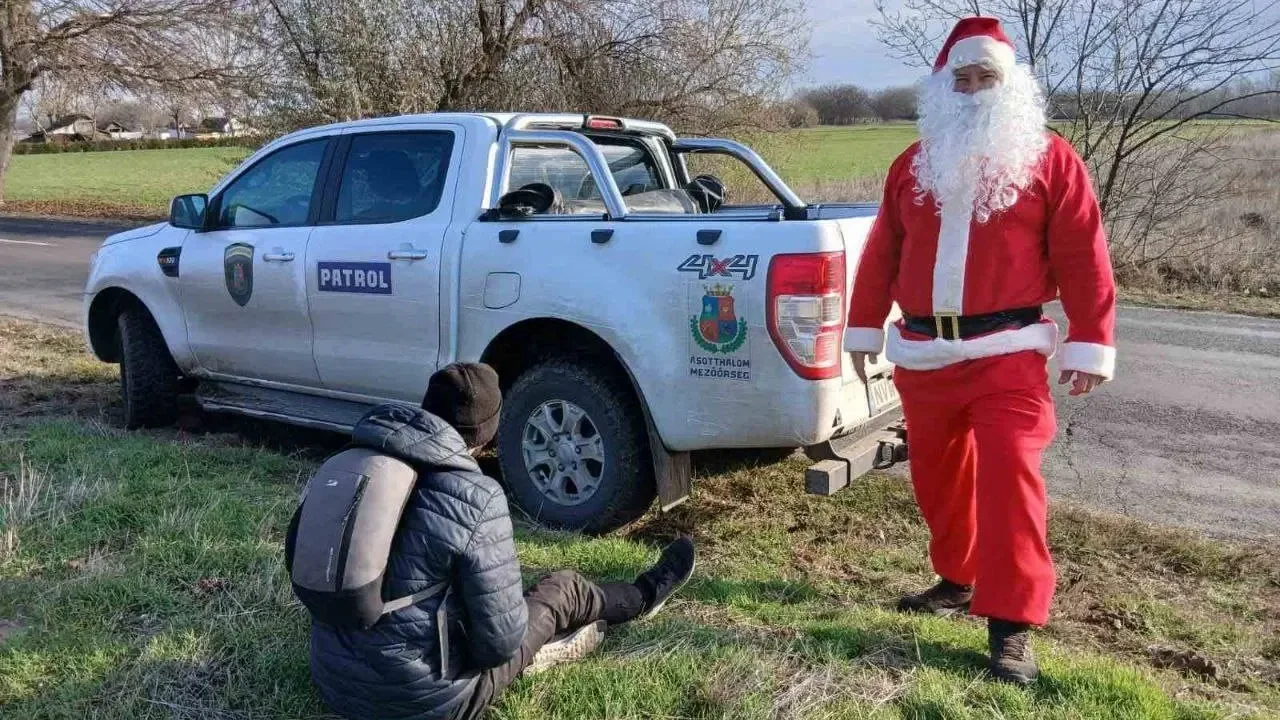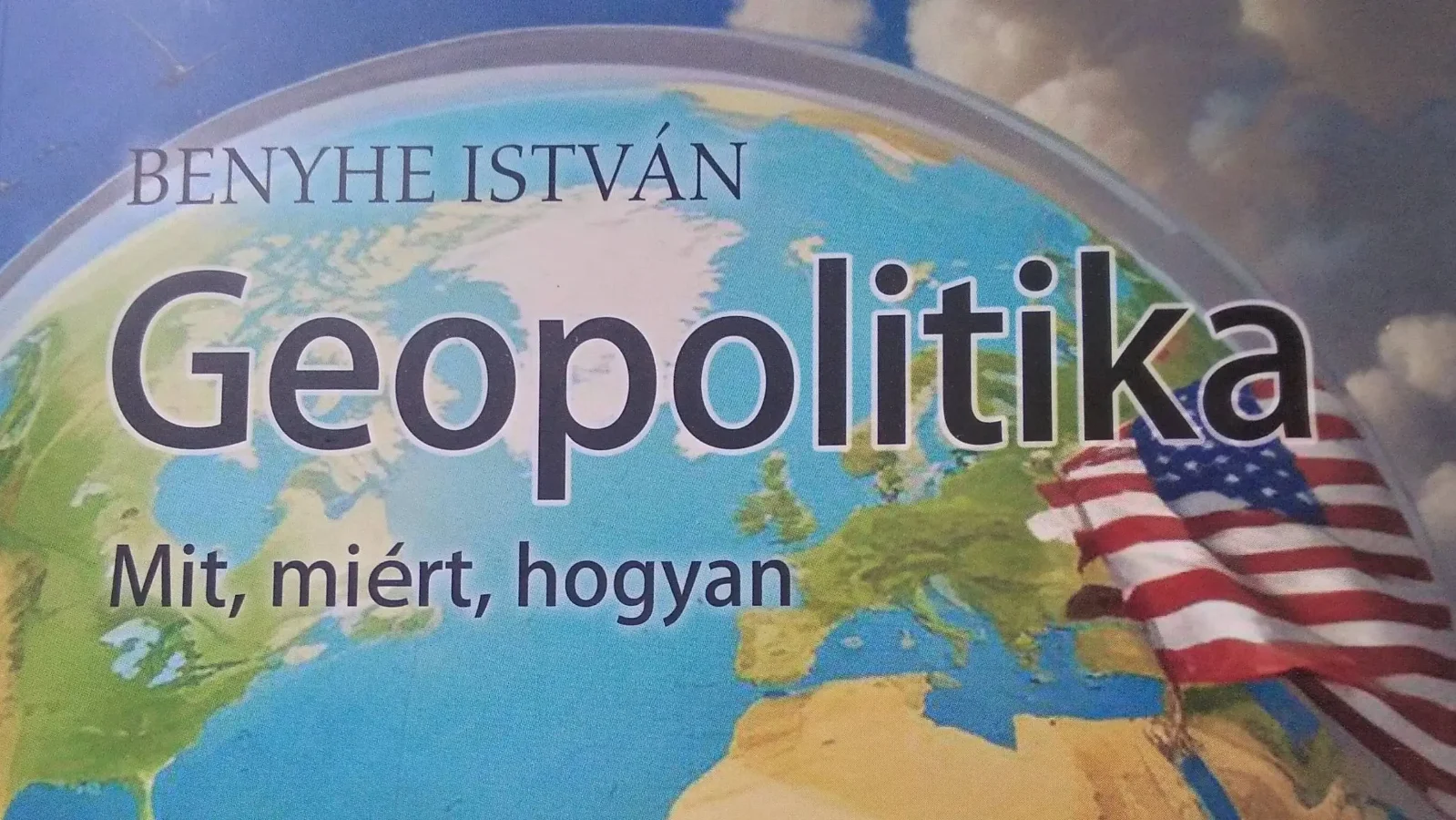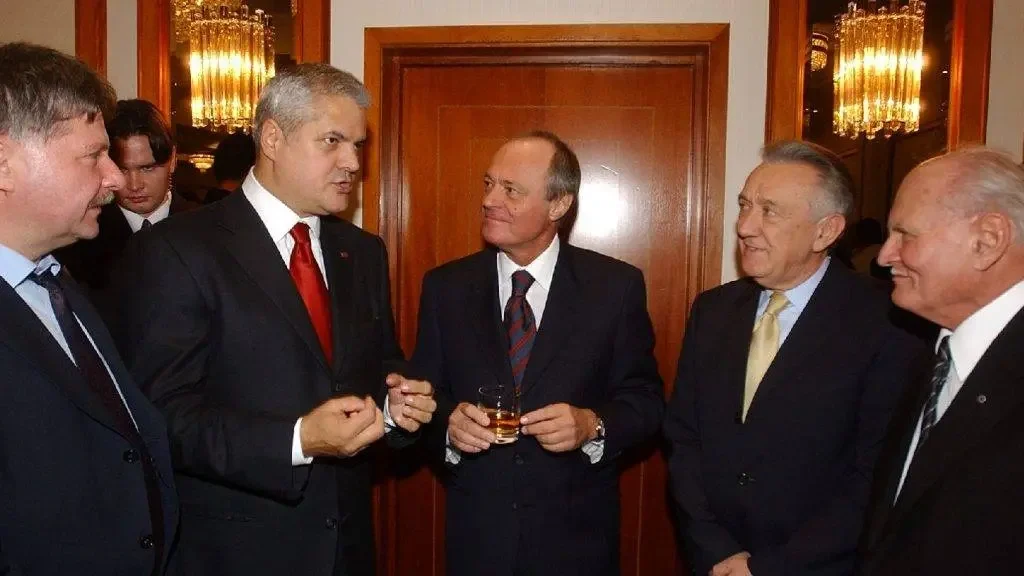October 13: The Battle of Breadfield
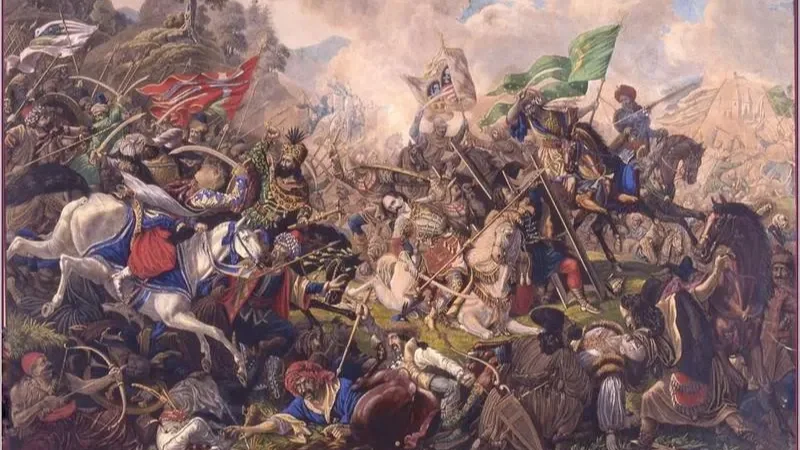 Battle of Breadfield by Eduard Gurk
Battle of Breadfield by Eduard Gurk
Wheat fields stretched near Szászváros, Transylvania, in autumn 1479. Hungarian forces gathered along the Maros River on the ground that would soon be marked by blood. The Ottomans had pushed deep into Transylvania, and on October 13, Hungarian forces faced a test of national resilience.
Mátyás Hunyadi, known as Matthias Corvinus or King Mátyás I, had spent nearly two decades fortifying his kingdom against Ottoman incursions. From 1458 onward, he transformed Hungary into a military power capable of challenging the sultan's forces. In 1463, he occupied northern Bosnia, securing the strategic fortress of Jajce and creating a crucial buffer against Ottoman expansion. One of Europe's greatest Renaissance monarchs, Mátyás I understood that survival required constant vigilance and military innovation. His Black Army, a professional standing force, became the most sophisticated military organization in contemporary Europe. The revolutionary approach combined discipline, modern tactics, and new technology. Commanders like Pál Kinizsi and István Báthory ranked among the finest military minds of the age, essential because even the most advanced forces depend on skilled leadership.
Kinizsi's reputation for strength had already become legendary. Popular accounts credit him with feats that seemed almost superhuman. The most famous story claims he danced with fallen Turkish warriors under his arms after victories. These tales are likely exaggerated, yet they capture the awe he inspired among those who fought beside him.
Basarab cel Tânăr brought between one and two thousand Wallachian infantry to join the Turkish raiding force. The late fifteenth-century Chronicon Dubnicense identifies this Turkish-Wallachian alliance as a serious threat to Hungarian forces. Isa Beg led the raiders, whom Gianmaria Angiolello, an eyewitness, described as "an old captain and famous man" in his Historia Turchesca. The Ottoman force entered Transylvania on October 9 near Kálnok, moving through villages and towns, seizing prisoners, and plundering settlements. Years of such raids had killed thousands of Hungarians and forced countless families into slavery. The town of Szászsebes suffered particularly heavy damage, with Saxon inhabitants taken to Wallachia. Saxon chronicles documented the devastation. Weeks after the battle, Báthory continued to arrange ransom for captives.
The Turkish army camped on the Breadfield near Zsibód on October 13. Kinizsi, Báthory, Vuk Branković, and Basarab Laiotă cel Bătrân commanded the Hungarian forces. Both armies deployed in three columns. Kinizsi held the Hungarian right flank with heavy cavalry, Báthory commanded the center with Saxon forces, and the left flank consisted of Serbian light cavalry under Branković and Demetrius Jakšić, who commanded nine hundred Serbian warriors. On the Ottoman side, Isa Beg led the center, while Malkoçoğlu Balı Beg held the right flank. Báthory held two offices simultaneously, chief justice (Országbíró) and Voivode (governor) of Transylvania. This unprecedented combination shows that Mátyás I regarded the region's defense as urgent. The Báthory family later produced Stephen Báthory, who became King of Poland, extending Hungarian influence across Central Europe.
Kemalpaşazâde, in his sixteenth-century chronicle, left crucial details about Hungarian tactics. Antonio Bonfini recorded his account as court historian to Mátyás I, while János Thuróczy added another perspective in his 1488 chronicle. These three sources agree on the basic approach. Báthory and Kinizsi positioned forces at the forest edge and waited. Ottoman soldiers had to break camp, and the morning preparations for departure created vulnerability.
Numbers favored the Ottomans, whose force exceeded 40,000 men against roughly 20,000 Hungarians, so discipline and knowledge of the terrain had to compensate. The forest edge provided concealment and protection. As Ottoman soldiers began breaking camp for the journey home, Hungarian troops emerged and formed battle lines, gaining the advantage of surprise.
Fighting began at one in the afternoon and lasted four hours. Kinizsi later said he had never seen an enemy hold ground as stubbornly as Isa Beg, who stood beneath his banner refusing to yield. The Turkish commander nearly destroyed Báthory's contingent through sheer determination, pressing hard against the Hungarian center. Kinizsi saw the danger and led his troops in a charge toward Báthory's position. Jakšić's nine hundred Serbs and numerous courtiers of the king joined the assault, smashing into the Ottoman forces before the Hungarian line could collapse.
When Isa Beg fell, Ottoman cohesion broke. Without their commander, resistance dissolved. Hungarian forces gave chase, turning an orderly retreat into a panicked rout.
Antonio Bonfini recorded thousands of Turkish soldiers cut down during flight, and Orudzs, writing early Ottoman history, confirmed heavy losses on the Turkish side. Many Ottomans drowned trying to cross the Maros River. The Hungarians captured prisoners and seized supplies and standards, while the defeated Ottoman force limped back across the border, ambitions checked and reputation damaged. Mátyás I sent word to Pope Sixtus IV. Christendom needed to know Hungary had defended the faith.
Victory echoed through Christian Europe. Mátyás I won acclaim for his commanders' achievement. An army half the size had crushed an Ottoman force of over 40,000 men. Shockwaves reached Constantinople, halting Ottoman strategic planning to invade Central Europe for decades. The triumph went beyond tactics, showing that Hungary could stand against a much larger empire through superior leadership and dedication to homeland defense.
Tradition claims Kinizsi never lost an engagement throughout his entire career, making him one of history's few undefeated generals.
His intervention at crucial moments set him apart from other competent commanders of his era. In 1480, Kinizsi led retaliatory raids into Serbia, defeating Ottoman forces multiple times and further cementing his legendary status. Báthory served Hungary until his death in 1493, demonstrating considerable skill by holding forces together under brutal pressure during the battle and in subsequent campaigns.
Hungary functioned as Christianity's bulwark against Ottoman expansion during this period. Western European powers pursued their own selfish interests, often treating Turkish threats as distant concerns. Hungarian armies stood between Ottoman ambitions and Christian Europe.
The victory on October 13, 1479, safeguarded the Hungarian kingdom for another generation. Saxons in the region, despite suffering during the raid, remained under Hungarian protection rather than Ottoman rule. Hungarian military and political leaders in Transylvania, backed by Saxon and Székely warriors, preserved territorial integrity through sacrifice.
Ottoman raids continued despite Hungarian victories. Maintaining professional forces able to repel Turkish incursions taxed royal finances. After Mátyás I's death, his successors lacked his military genius, and internal divisions and personal ambitions sparked a brutal civil war that further weakened the kingdom. They failed to maintain the professional army necessary for effective defense, squandering what warriors had built over generations of sacrifice. Within decades, victories at Breadfield and elsewhere became bitter memories as Ottoman power swallowed much of Hungary. Mohács in 1526 brought catastrophe, and Ottoman occupation lasted a century and a half. The price of abandoning Mátyás I's defensive structures came due.
Wheat fields near Zsibód became a blood-soaked expanse that October afternoon in 1479. Hungarian soldiers counted their dead and tended the wounded amid the wreckage of Ottoman ambitions. Beyond territory, they defended the principle that a committed nation could withstand any adversary. Breadfield remains in Hungarian memory as proof of what the kingdom achieved in its finest hour and what would later be lost when that greatness slipped away.
Sources:
- Szakály Ferenc and Fodor Pál, "A kenyérmezei csata (1479. október 13.)" in Történelmi Szemle (EPA/OSZK digital archive)
- Kemalpaşazâde (Ibn Kemal), Tevārīh-i Āl-i Osman, VII. Defter, 16th-century Ottoman chronicle
- Antonio Bonfini, Rerum Ungaricarum decades, 15th-century court historian to King Mátyás I
- János Thuróczy, Chronica Hungarorum (1488), contemporary Hungarian chronicle
- Saxon chronicles from Transylvania (15th century, Urkundenbuch zur Geschichte der Deutschen in Siebenbürgen)
- Chronicon Dubnicense, late 15th-century Latin chronicle
- Orudzs (Uruç), early Ottoman historical work
- Gianmaria Angiolello, Historia Turchesca (1300-1514), contemporary Italian observer
Mi a munkánkkal háláljuk meg a megtisztelő figyelmüket és támogatásukat. A Magyarjelen.hu (Magyar Jelen) sem a kormánytól, sem a balliberális, nyíltan globalista ellenzéktől nem függ, ezért mindkét oldalról őszintén tud írni, hírt közölni, oknyomozni, igazságot feltárni.
Támogatás
